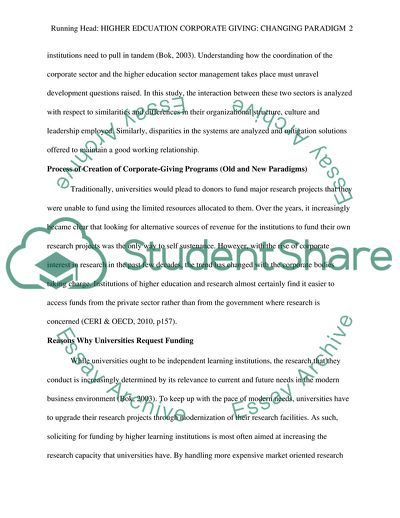Cite this document
(The Administration of Higher Education Term Paper, n.d.)
The Administration of Higher Education Term Paper. https://studentshare.org/education/1750672-the-changing-paradigm-of-corporate-gifting-to-higher-education
The Administration of Higher Education Term Paper. https://studentshare.org/education/1750672-the-changing-paradigm-of-corporate-gifting-to-higher-education
(The Administration of Higher Education Term Paper)
The Administration of Higher Education Term Paper. https://studentshare.org/education/1750672-the-changing-paradigm-of-corporate-gifting-to-higher-education.
The Administration of Higher Education Term Paper. https://studentshare.org/education/1750672-the-changing-paradigm-of-corporate-gifting-to-higher-education.
“The Administration of Higher Education Term Paper”. https://studentshare.org/education/1750672-the-changing-paradigm-of-corporate-gifting-to-higher-education.


